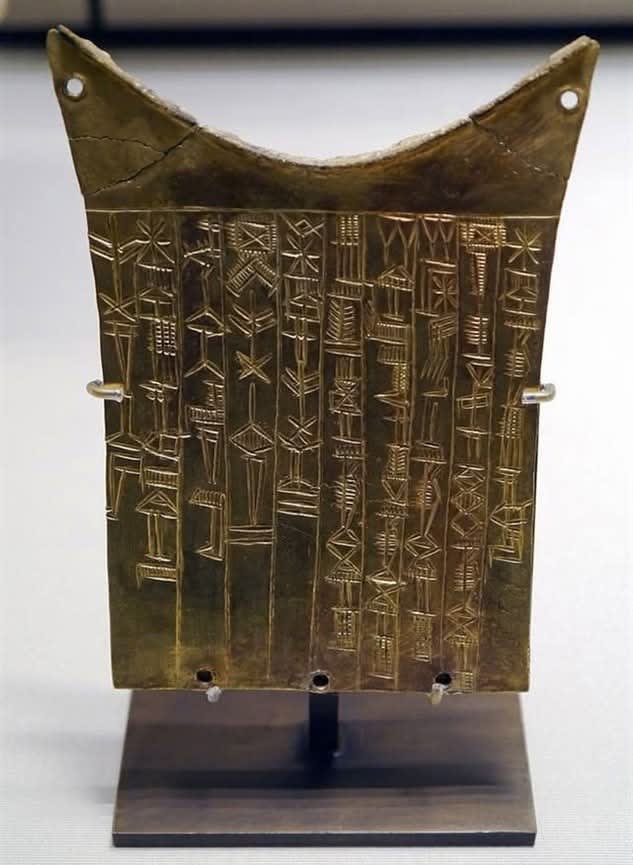Who have read or even seen this book ? And curious about ?
"Stop the Terrorist"
tells the story of a man who outsmarted terrorists.
His job was to deceive figures like Abu Bakr al-Baghdadi (ISIS) and Ayman al-Zawahiri (al-Qaeda).
He may never have changed his core, but that was the plan from the start.
Ahmad al-Shara, born in the Golan Heights (the Syrian Golan we know), came from a relatively affluent family. His father, Hussein al-Shara, was a notable Syrian economist with pan-Arabist ideals. After Israel occupied the Golan, they migrated to Saudi Arabia.
In school, Ahmad was an average student, never standing out for any particular achievement or trait. At university, he chose to study media, a field whose tools he would later masterfully wield.
While studying, he frequented mosques and al-Qaeda gatherings, where he was considered moderate among extremists.
He occasionally criticized his father’s pan-Arabist views and the idea of a unified Arab nation, believing that love for one’s homeland burns brightest within its borders.When the U.S. invaded Iraq, al-Shara abandoned university to make the mountains, highlands, and plains his home for years to come.
He went to Iraq for “jihad in the way of Allah.” When a car carrying a bomb was intercepted, al-Shara, posing as “Ahmad al-Mosuli” from Mosul, was arrested as the driver.
He was sent to Bucca prison, where Abu Bakr al-Baghdadi, the notorious ISIS leader, was also detained.With few prisoners in Bucca, al-Shara spent long hours with al-Baghdadi, bonding, conversing, and seemingly aligning with him.
He learned extensively about recruiting fighters, organizing, and securing funds and credibility. [At this point, ISIS didn’t officially exist.] In prison, he also studied the Assad regime’s behavior and psychology. He once wrote a 45-page strategy to defeat Assad, which he shared with al-Baghdadi, earning his attention.
During his five years in prison, he honed the principles of jihad and influenced many jihadists.
When the Arab Spring reached Syria, al-Shara seized the moment. In January 2012, with $100,000, he founded Jabhat al-Nusra, an al-Qaeda branch, in his homeland. Within six months, he recruited and trained 10,000 armed fighters an achievement so significant that the U.S. labeled it Syria’s largest group.But in 2013, al-Baghdadi announced the formation of ISIS, evolving from the Islamic State of Iraq. He claimed Jabhat al-Nusra and al-Qaeda had merged with him to form the Islamic State of Iraq and Syria (ISIS).
Al-Shara and al-Zawahiri denied any such alliance, with al-Shara asserting loyalty only to al-Zawahiri and al-Qaeda.
By then, al-Shara was showing signs of change. He began converting ISIS fighters to his side and declared that Syria alone mattered. By 2016, he was fighting both ISIS and Assad effectively.
That year, he dissolved Jabhat al-Nusra, announcing the formation of Hay’at Tahrir al-Sham (HTS), severing ties with al-Qaeda and focusing solely on Syria.
This marked the start of his transformation from a pure jihadist to a political figure.
From 2016 onward, he sought connections with world leaders to consolidate power.
He allowed charities into areas under his control, treated Christians well, and ruthlessly suppressed opposition.
Leveraging Muslim Brotherhood ideas, he encouraged Turkey’s MIT intelligence agency to invest in his territories.
In 2017, he established a quasi-government in Idlib, complete with ministers and an executive council, to prove he could replace Assad without chaos.
To shed the “jihadist terrorist” label, he collaborated with UNICEF on education, pardoned prisoners, ensured strong security (especially for women), and reportedly aided the U.S. in locating al-Baghdadi in Idlib in 2019 (though unconfirmed). He also dismantled Hurras al-Din, al-Qaeda’s main Syrian affiliate, decisively crushing its leaders.
End of Part One
